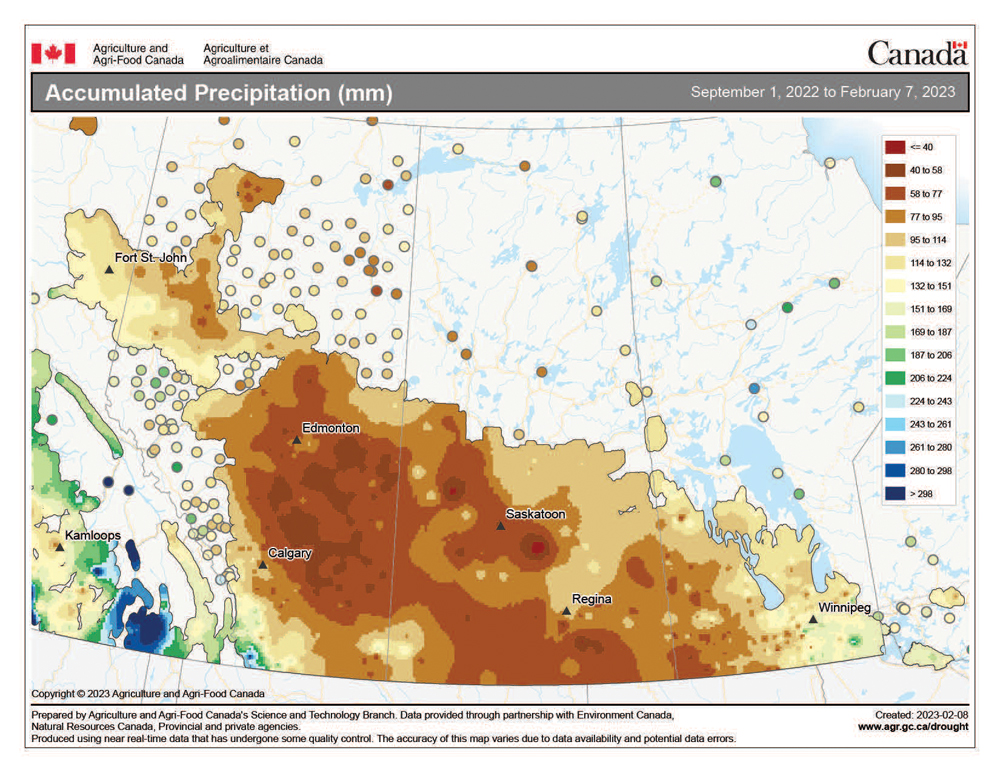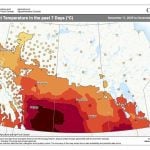Once again last week’s forecast began on the right track, with warm weather moving in last Wednesday followed by a cooling trend on Thursday and Friday. What it missed out on was the strength of the warming trend. The push of warm air ended up being much stronger than anticipated as the upper ridge of high pressure expanded much further north than originally forecast. This in turn meant the warm air ended up sticking around much longer and was warmer than originally forecast.
For this forecast period the big question is whether the warm air will stick around, or will we see a return to average or even colder-than-average temperatures? Thinking about it, if we can make it to the end of February, the odds of a long-term really bad cold snap go down significantly. The other big question is whether we will see any significant snows as we move into the last part of winter.
Well, in the latest weather models, it does look like we will see a return to average to possibly below-average temperatures, as the two main weather models show a return to a northwesterly flow across our region. To start this forecast period we will have to watch a large area of low pressure forecast to develop to our southwest. So far all the weather models are keeping this system to our south but any northward shift could mean some significant snowfall for southern regions.
Read Also

Farmer gift idea: How about a weather station?
The 2025 holiday season is looming, and a home weather station might make a great Christmas gift for farmers
Behind this low we will see arctic high pressure build in, resulting in sunny skies and cooler temperatures. Expect daytime highs to be in the -16 C range with overnight lows falling to around -25 C. We might see a brief rebound in temperatures along with some light snow over the weekend as a weak area of low pressure cuts through our region. This low will then be followed up by another area of arctic high pressure bringing a return of below-average temperatures to start the final full week of February.
Looking further ahead there are signs of the upper ridge trying to re-establish itself, and if the last warm spell is any indication, the odds of mild weather returning are pretty high.
Usual temperature range for this period: highs, -17 to -3 C; lows, -30 to -11 C.
















